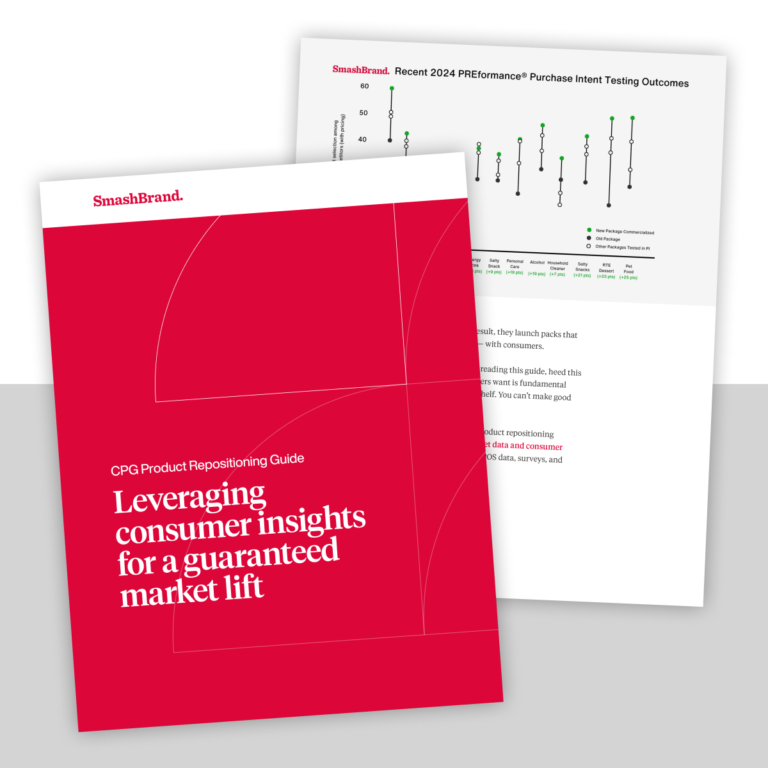Luxury packaging design is certainly the most fun category of package design; who wouldn’t love to sit around and develop new ways to display bottles of bourbon whiskey, artisan chocolates or hand-held digital transmogrification devices?
Unfortunately, because there’s often a great deal of leeway given to luxury packaging design, we can also fall into some totally avoidable traps. We’d like to discuss some of the more common packaging mistakes in an enlightening and mildly humorous way. (Note: we’re liable only for mild humor, so if your stomach isn’t hurting from laughter, deal with it.)
Package design that highlights (or fails to disguise) the unattractiveness of the product
Certain industrial products and even foods don’t have great visual appeal; the packaging must enhance their useful qualities. Take, for example, this package for Gerber Graduates L’il Entrees. We realize that toddlers aren’t terribly discerning about the attractiveness of packaging, but we think that the good people at Gerber could have gone a little farther in making the contents seem more like a pre-consumed meal rather than a post-consumed one.
Packages with overabundant materials
We’ve given many examples of packages that have waaaaaay too much material, but this won’t stop us from training the spotlight on our favorite example: The double-coated banana.
We’re making some progress, though. It’s no longer acceptable for a product to be unnecessarily braced in multiple layers of inflexible plastic, accompanied by a cardboard box and a cellophane film. We appreciate the need to protect delicate items, but are dried plums really in great danger during shipping?
Packages that are awkwardly shaped
Who doesn’t notice a package that swims against the stream? We love packaging that takes liberties with shape and structure. They stand out on the shelf and they’re visually interesting. However, many products are shaped a certain way for practical reasons.
This example of poor dish soap packaging may seem misguided — after all, it’s quite beautiful. However, when the product is used; when a soapy-handed person grabs it and tries to extract more product, the bottle slips from the hand and launches itself across the room as though it was shot out of a potato gun.
This juice box package design concept is certainly interesting. The main problem is that the consumer would inevitably set it down incorrectly and spill pomegranate acai limeade all over the carpet. We find that it’s best to remove all ambiguity regarding beverage package design.
Packages that devalue the product
We’re not even necessarily talking about products that are packaged cheaply or flimsily, we really mean packages that lower the product’s glamour quotient (even the biggest and most respected products are guilty of this, as you can see in thisMicrosoft/Apple spoof).
For luxury package design, the package (and the brand) must emphasize the lifestyle as well as the merits of the product. Now, obviously, Apple has completely transcended the normal limits of package design and branding – an Apple product doesn’t even have to disclose what is in the package. But a degree of minimalism isn’t a bad idea for any product, regardless of brand identity or marketing strategy. A wise man once said, “Keep silent and have everyone think you’re a fool; speak and remove all doubt.” Keeping your package relatively clean and simple will entice more people than a package crammed with graphics, slogans, banners, and other nonsense.
So, what have we learned today? We learned that food packaging, even if it’s only baby food, should feature pictures of food that doesn’t seem to have been already eaten before being served. We learned that packaging bananas was, is and will always be a stupid idea. Finally, we learned that — even though Microsoft hasn’t done too badly for itself — in terms of style, Apple still makes Microsoft look like Napoleon Dynamite – and not in an ironic way.
Data-Driven Brand Development
Want a best-selling brand? SmashBrand is a brand development company for FMCG and CPG brands. From brand strategy to packaging design testing, our Path To Performance™ process guarantees a retail performance lift. Book a time to discuss your project with our team.
Subscribe to
Nice Package.
A monthly newsletter that unpacks a critical topic in the FMCG & CPG industry.
Free Resource.

CPG product repositioning guide.
Explore the five undeniable signs your CPG product needs repositioning along with strategies for leveraging consumer insights for a guaranteed market lift.
Learn More About CPG product repositioning guide.